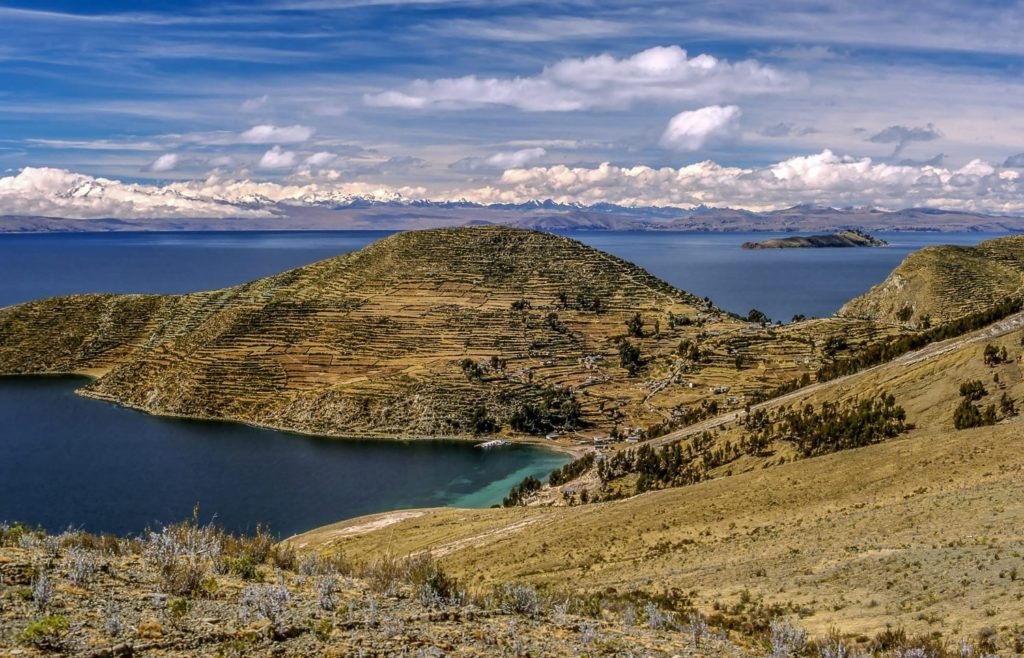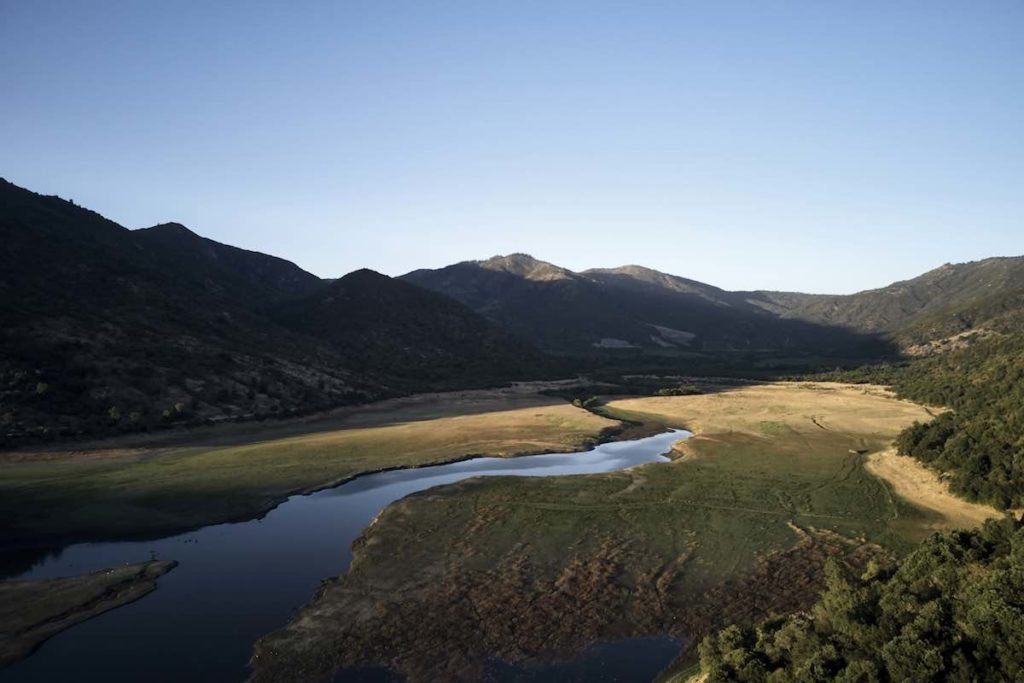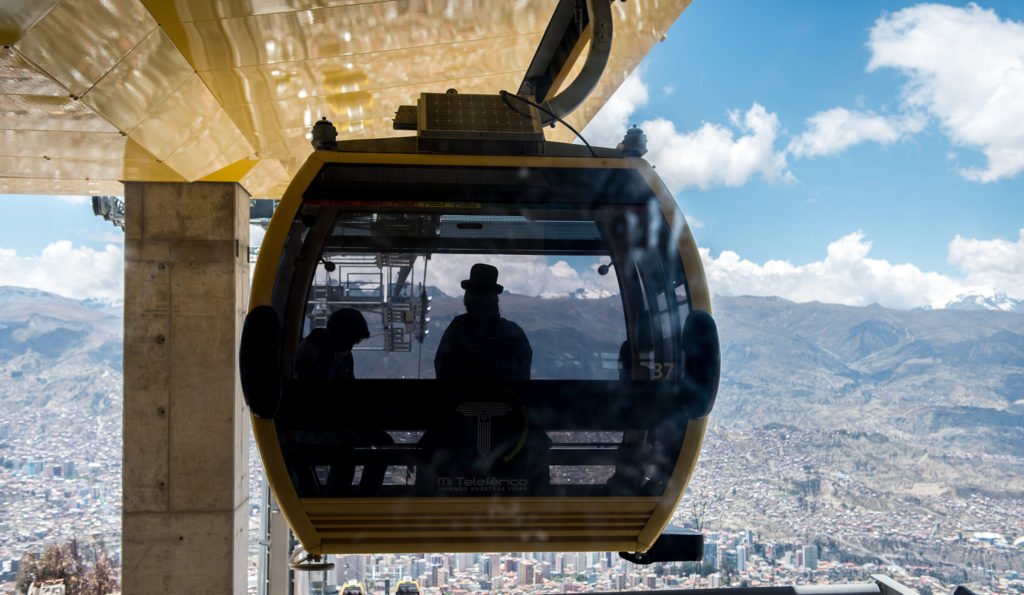Page Menu
Santa Cruz & Amboro
Santa Cruz is the largest city in Bolivia’s eastern El Oriente region.
Modern and economically prosperous, Santa Cruz is laid out in anillos (concentric rings), making it relatively easy to navigate.
At Santa Cruz’s center, the shaded Plaza 24 de Septiembre attracts strolling couples and ice cream lovers alike.
This city’s cathedral dates to 1845, currently housing a museum of sacred art.
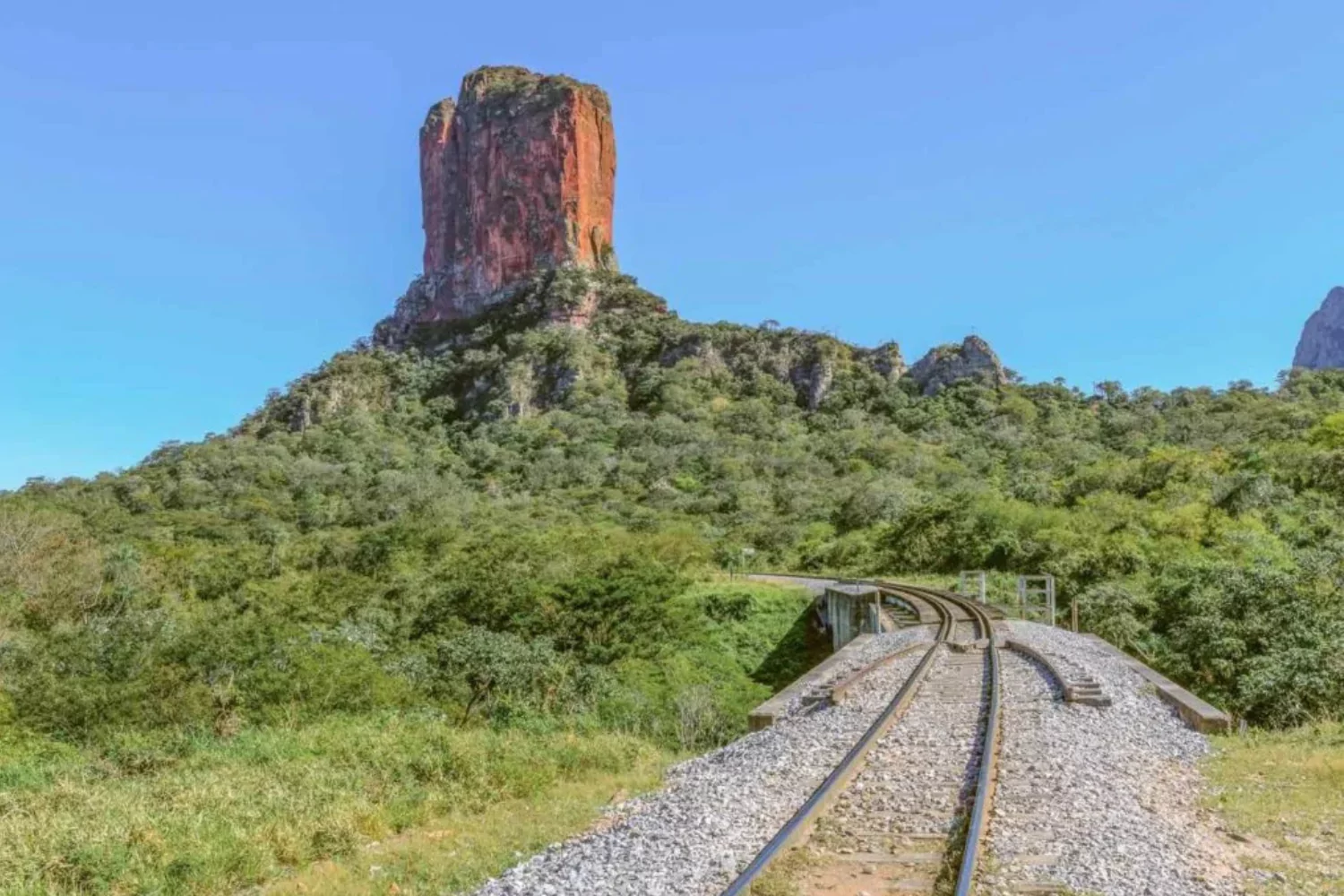
Santa Cruz is also the gateway to Amboro National Park.
Located at the junction of Andean, Amazonian and Chacoan ecosystems, Amboro protects over 1,700 square miles of vital habitat.
Marquee species include:
- Jaguars
- Giant Anteaters
- Macaws
- Spectacled Bears
Samaipata, a bustling town located 75 miles southwest of Santa Cruz, represents another gateway destination.
Here, the draw is a nearby pre-Inca site known as El Fuerte.

El Fuerte
While this unusual hilltop complex has no standing buildings, dwelling sites, aqueducts, astronomical observation markings, and petroglyphs are still readily evident.
Dating to the late 17th and mid 18th centuries, these towns were founded by Jesuit priests, working with native populations to build richly decorated churches and missions.
By virtue of decades of loving effort, many of these structures have been restored.
Jesuit Missions of the Chiquitos
The Jesuit Missions of the Chiquitos were granted UNESCO World Heritage status in 1991.
The site was likely built by the Chances people and later adapted to Inca use.
Northeast of Santa Cruz, the Gran Chiquitania is the site of Bolivia’s historic Jesuit mission villages.
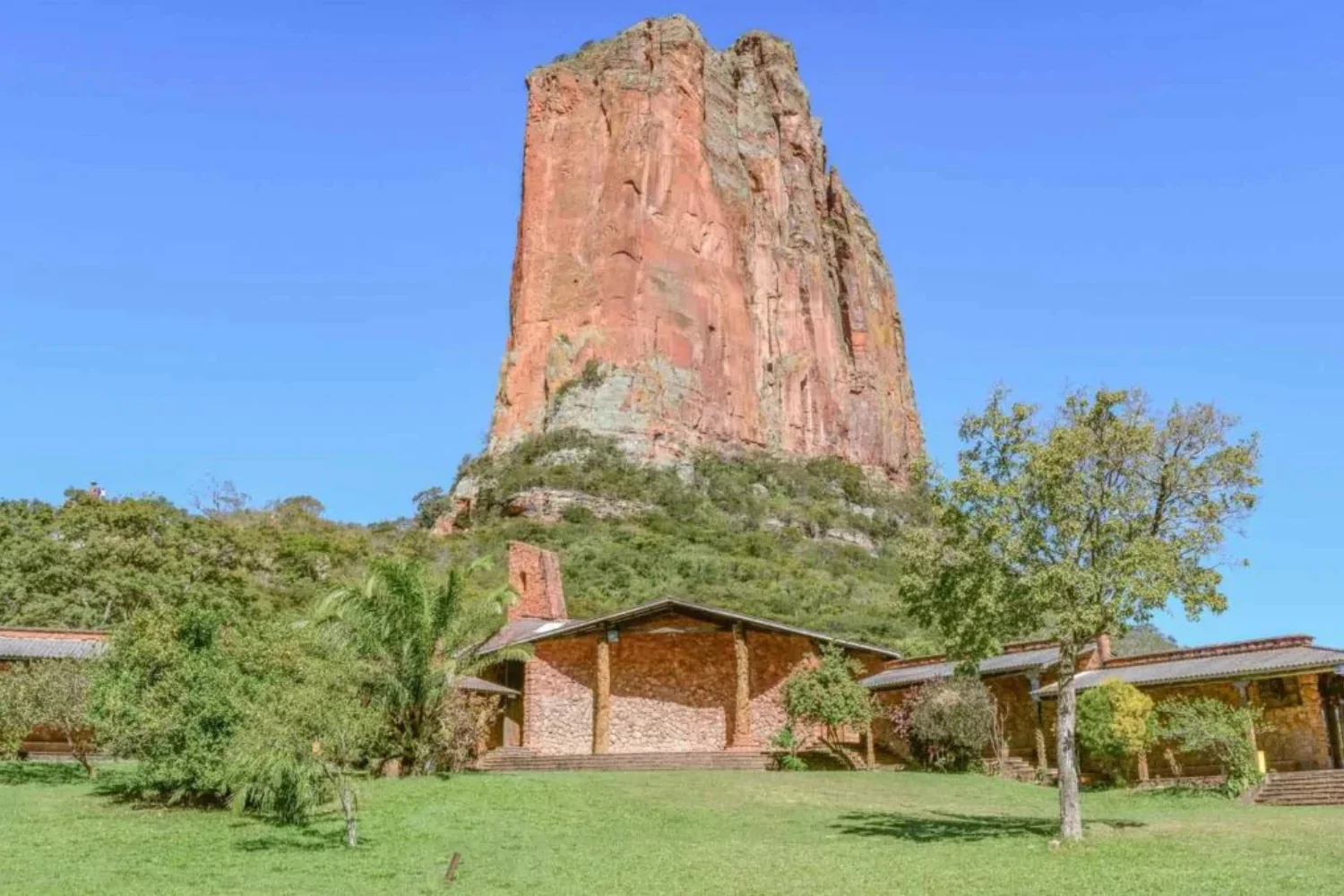
What to do in Santa Cruz
Guided city walks and cultural explorations
Visits to local markets and artisan workshops
Hiking and wildlife spotting in national parks
Tours of archaeological and historic sites
Scenic drives and river excursions
Immersive experiences in traditional villages
Architecture-focused explorations
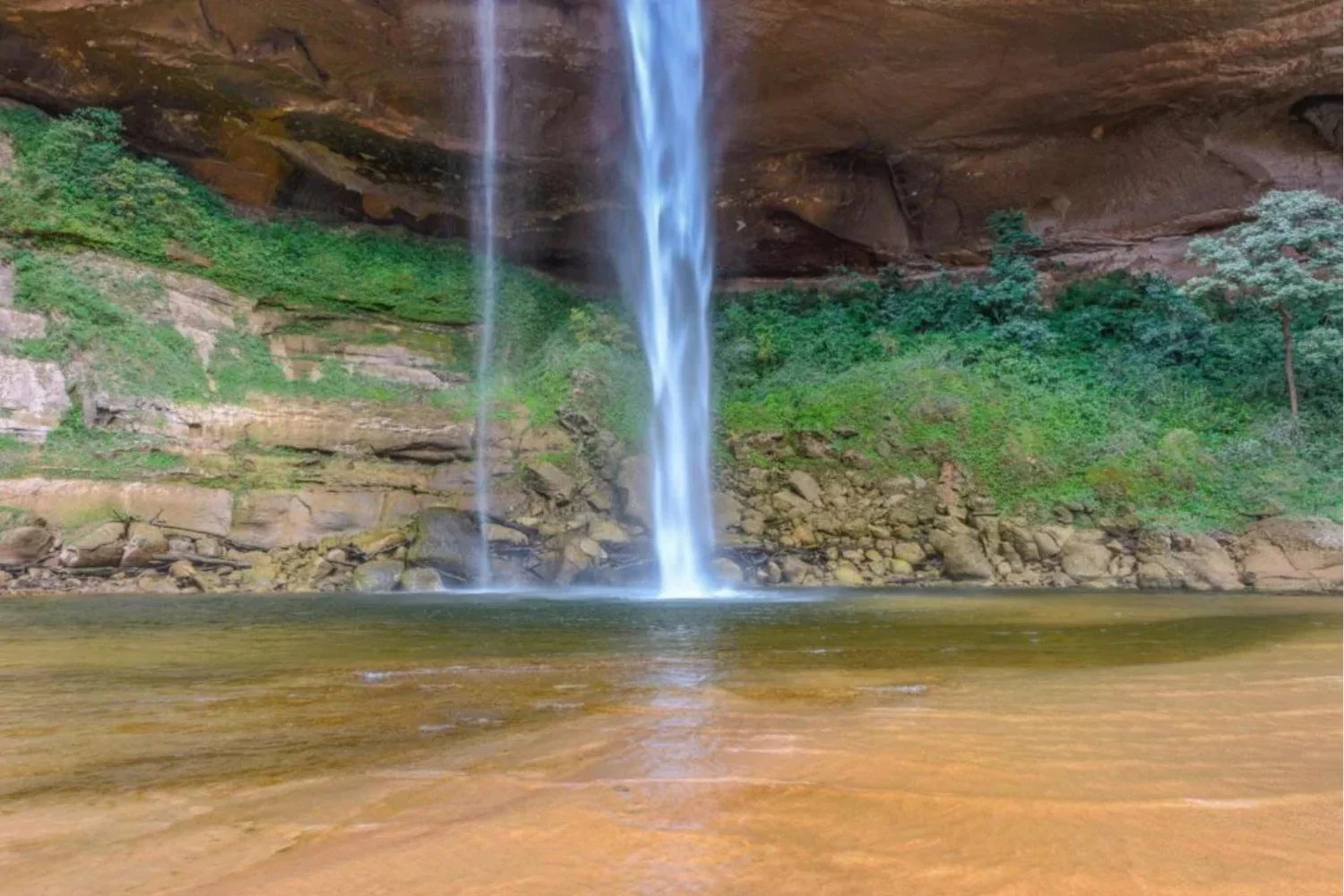
What is the Weather Like?
Santa Cruz and Amboró experience a warm, tropical climate year-round, with daytime highs ranging from 80°F to 90°F and nighttime lows near 65°F. The rainy season, from November to March, brings heavy showers that transform the surrounding forests into vibrant green, but can make some trails slippery. April to October offers drier, sunnier conditions—ideal for exploring Amboró’s cloud forests and diverse wildlife. Travelers should balance warmth with occasional afternoon storms when planning excursions in this lush, lowland region.
Getting There
Santa Cruz’s Viru Viru International Airport (VVI) is Bolivia’s largest and most modern, receiving flights from Miami and Madrid.
The El Trompillo domestic airport (SRZ) receives flights from La Paz (one hour) and Sucre (35 minutes).
Start your journey today
LANDED delivers the finest in custom, private travel to Central America, South America, and Antarctica. These regions are our passion; we know them first-hand and by heart. Speak with one of our travel designers and let us create a tailored itinerary for you in Santa Cruz.
How to combine Santa Cruz
Have some extra time? Here are some options for you to combine with.

